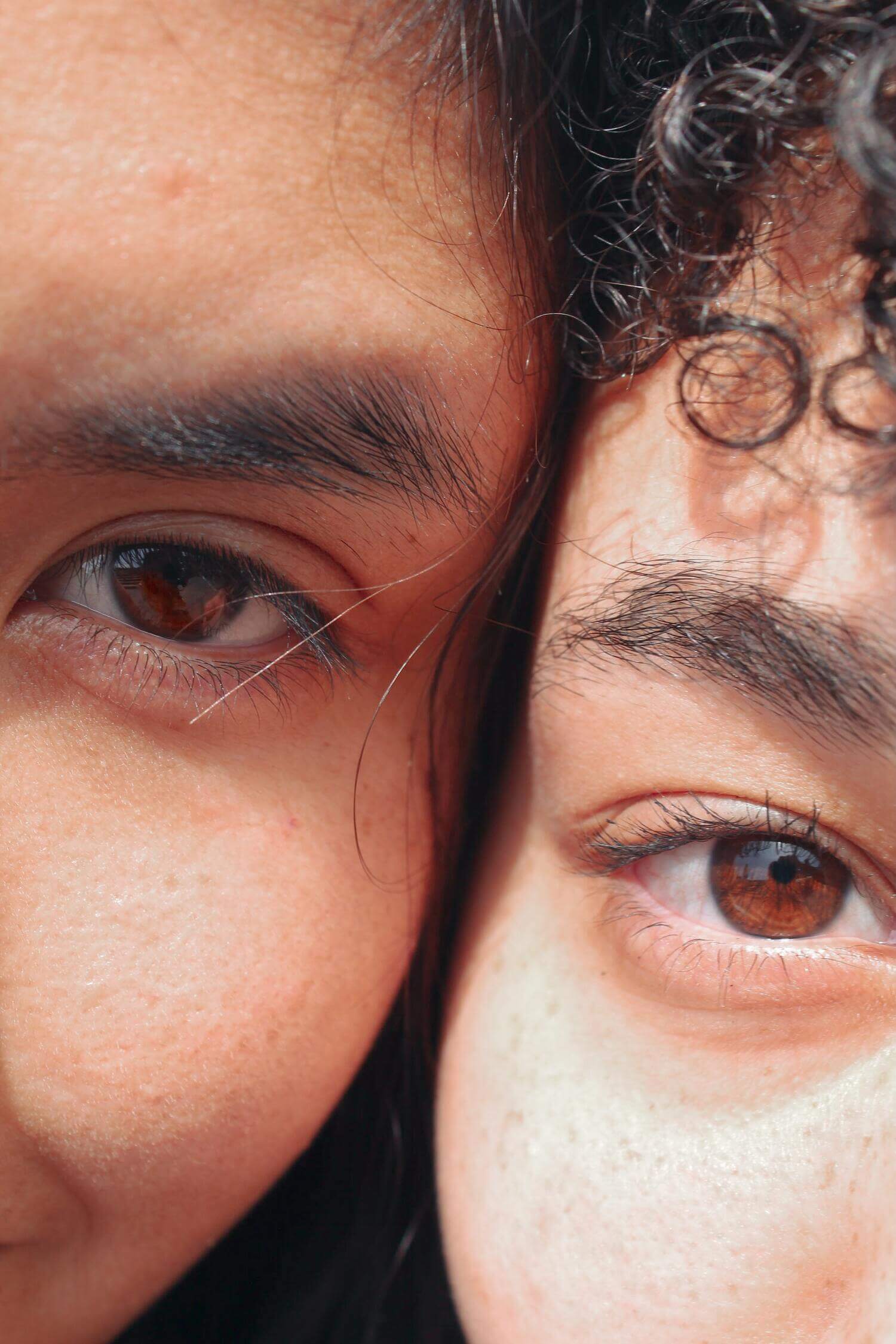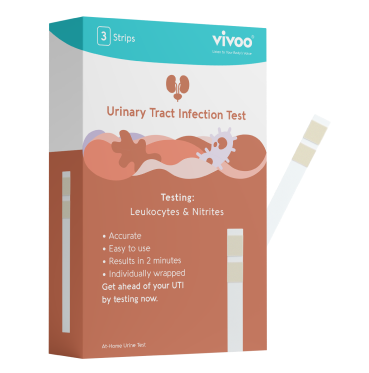Eye infections may be uncomfortable, painful, and irritating, and if untreated for an extended length of time, they can progress to more severe complications. In general, eye infections occur when a dangerous microbe such as a virus, bacterium, or fungus attacks any component of the eye or neighboring tissues.
Eye infections may be both unpleasant and painful. Certain disorders might worsen if left untreated. Your eyes may get infected or inflamed in a variety of ways. The following are examples of common eye infections:
Conjunctivitis (pink eye)
Infectious conjunctivitis, or pink eye as it's commonly known can be an discomforting experience for those who get infected. The infection happens when blood vessels in the outermost membrane around your eyeball become infested with bacteria. As a result, your eyes turn pink or red and become inflamed.
Keratitis
Usually occurs when your cornea gets infected.
Stye
When your eyelids are clogged with dead skin, oils and other matter from around the area that can lead to an infection, this creates "stye" in which bacteria will overgrow, causing inflammation near one's eyelashes.
- Dry eye
- Blepharitis

The symptoms of blepharitis are inflammation of the skin around your eyes. This condition is usually caused by clogging oil glands at baseline lashes because there has been an accumulation over time where bacteria get trapped under wetness.
It is critical to recognize the symptoms of an eye infection so that you can contact our office as soon as possible. Our ophthalmologists will be able to determine the type of infection and devise a treatment plan to keep you comfortable while also protecting your vision.
Why Do Eye Infections Occur?
One of the most prevalent eye illnesses is infectious conjunctivitis, sometimes known as pink eye. It occurs when bacteria or viruses invade blood vessels in the conjunctiva, the thin outermost membrane covering the eyeball.
As a consequence, your eyes get pink or red and become irritated. It may also be caused by allergies or exposure to chemicals in swimming pools, such as chlorine, as your immune system is unable to fight certain bacteria.
Bacterial or viral conjunctivitis is exceedingly infectious. You may transfer it for up to two weeks after the illness begins. If you notice any of these symptoms, contact your doctor as soon as possible for treatment.
Infectious keratitis is another kind of eye infection that occurs when your cornea becomes infected. The cornea is the transparent covering that covers the pupil and iris of your eye. Keratitis is caused by either a bacterial, viral, fungal, or parasitic infection or an eye injury. Keratitis is a corneal swelling that is not usually contagious.
Let's have a look at some home cures for eye infections now.
Warm Compress
A warm compress might assist if your eyes are painful, inflamed, or irritated. Warm compresses may enhance eye health in those who already have healthy eyes.
Warm compresses, according to one research, may aid people with blepharitis, a disorder in which the eyelids become inflamed and crusty.
Professionals also recommend using a warm compress to relieve the symptoms of pink eye. Warm compresses may be helpful to relieve styes by reducing the obstructions that produced the style. They may also aid in the relief of dry eye problems.
It is crucial to remember that, although warm compresses may give temporary comfort, they cannot heal the illness.
Cold Compress
Cold compresses, like heated compresses, do not heal eye infections. They may, however, alleviate the pain associated with some eye conditions. In the event of eye injuries and infections, cold compresses might help decrease swelling.
Here are some instructions for producing a cold compress:
Soak a cold towel in water and gently place it over your eye or eyes. Before applying a moist towel on your eyes, place it in a sealable plastic bag and freeze it for a few minutes. Do not apply pressure to your eye or place ice directly on your eye or eyelid.
Salt Water
One of the most powerful home treatments for eye infections is salt water with its high sodium levels, sometimes known as saline. Saline is comparable to teardrops, which are your eyes' natural washing method. Salt has antibacterial effects as well. As a result, it comes to the reason that saline may efficiently cure eye infections. Sterile saline solution may be purchased at a pharmacist or online.

Using Honey on Eye
There are some advantages to using honey eye drops to treat eye infections. While additional study is needed, this is what we now know:
Honey contains antibacterial and antimicrobial qualities and many vitamins, making it a promising home treatment for eye infections. Certain eye problems may be effectively treated with honey. Keratoconjunctivitis may be treated well with honey eye drops. Keratoconjunctivitis is a chronic disorder that causes the cornea to become inflamed as a result of dryness.
Honey eye drops may also be used to treat dry eye, a condition in which the tear ducts do not generate enough fluid to adequately lubricate the eye. Honey eye drops may help alleviate pain.
The danger of infection, however, exceeds any possible advantages. Remember to never put honey straight into your eyes.
Castor Oil
The usefulness of ricinoleic acid in castor oil is linked with anti-inflammatory effects, which are believed to minimize eye edema. Furthermore, the oil lubricates the eyes, which may assist to alleviate any discomfort.
Castor oil should be applied around the eyes, and a warm towel should be placed over the eyelids. Allow it to remain for ten minutes.
Do this twice a day.
Additionally, essential oils such as peppermint, tea tree, and rosemary oils have antibacterial qualities that may combat microorganisms that cause eye infections.
To get rid of infections, add a few drops of tea tree or rosemary essential oils to boiling water, cover yourself with a towel, and inhale the vapor for 5 minutes.
There are various excellent home treatments for eye infections that may help you relieve your symptoms. These natural therapies may be very effective in treating eye infections; nevertheless, it is always preferable to see a doctor, since certain infections may be dangerous.














